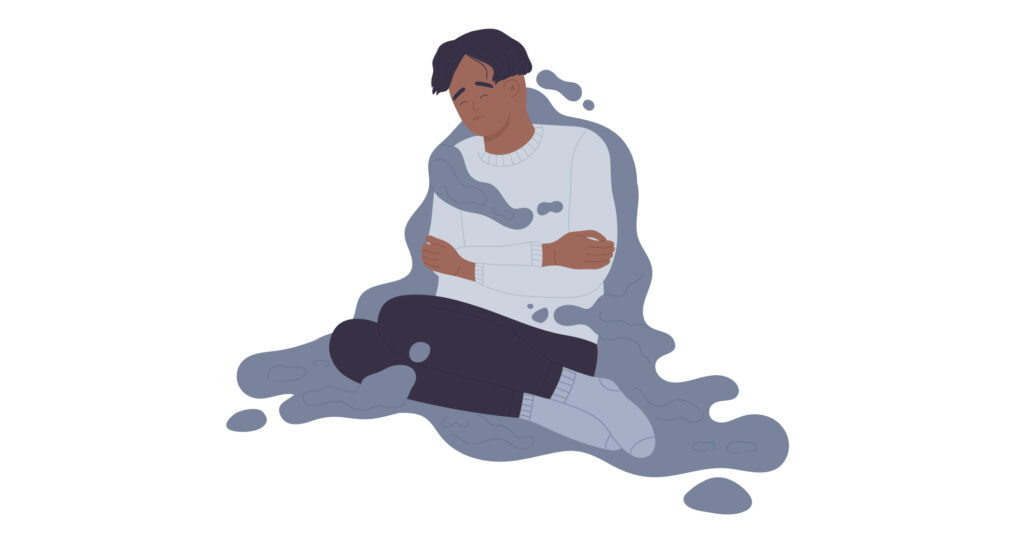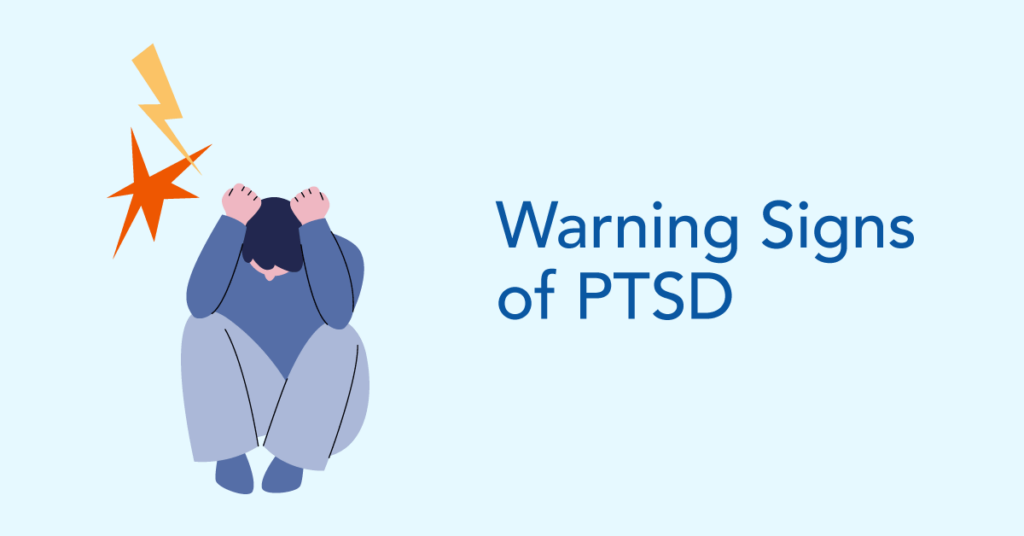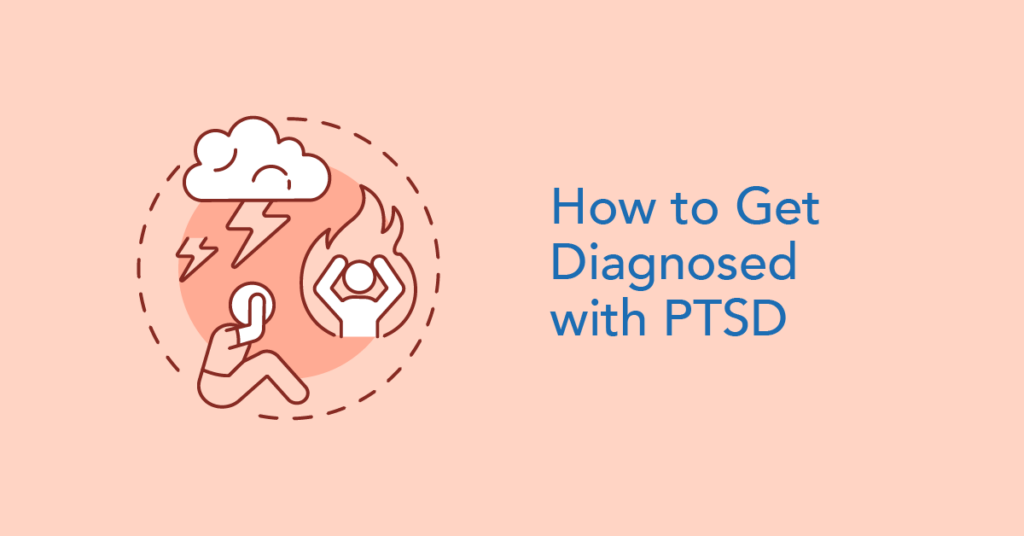Approximately 6 out of every 100 people in the United States will have post-traumatic stress disorder (PTSD) at some point in their lives. The condition is a lot more prevalent than many realize. And while there are varying severity levels to PTSD, it’s a mental health condition that can have negative impacts if left untreated. So, what does treatment achieve? And can PTSD be cured? You might be surprised by the answer.
What Is PTSD?
Post-traumatic stress disorder is a psychiatric disorder that can develop in those who’ve experienced or witnessed a traumatic event. The person may internalize this trauma and be impacted mentally, physically, socially, spiritually and emotionally.
Can PTSD Be Cured?
Technically speaking, PTSD can’t be “cured.” But with treatment, individuals with PTSD can ultimately minimize or get rid of their symptoms to the point that they can continue to live a healthy, happy life.
PTSD can’t be cured because you can’t erase the trauma that caused the condition. You can deal with the memories and learn coping strategies, but you can’t entirely forget about that trauma.
Still, it can’t be stressed enough how effective both short-term and long-term treatment options for PTSD can be. For example, a 2021 study looked at the outcomes of post-traumatic stress disorder treatments at military clinics. A full 681 patients were tracked for 10 weeks in mental health clinics, and the results were overwhelmingly positive:
- 38% of patients had clinically significant reductions on the PTSD checklist.
- 28% of patients no longer met the criteria for a PTSD diagnosis.
- 23% did both of the above, also known as a clinical treatment success.
Treatment Options
There are a handful of therapeutic treatment options for PTSD.
1. Cognitive Behavioral Therapy (CBT)
Cognitive behavioral therapy is a form of problem-oriented talk therapy. It focuses on helping the patient work through specific current problems and find solutions for them. In terms of PTSD, the focus would be on learning how to lessen or cope with symptoms and how to avoid triggers for the condition. The ultimate goal of CBT is to change thoughts, feelings and behavior patterns that make daily life more difficult.
2. Cognitive Processing Therapy (CPT)
Cognitive processing therapy is a type of cognitive behavioral therapy developed to treat patients with PTSD. In particular, this type of PTSD treatment program focuses on challenging the beliefs and thoughts around a traumatic event to undo stuck patterns that exacerbate symptoms. Typically, CPT is short-form therapy conducted in 12 1-hour sessions.
3. Prolonged Exposure
Prolonged exposure is a type of cognitive behavioral therapy. As the name implies, this treatment coaches a patient to get more comfortable approaching the memories and feelings related to a traumatic event. The goal is to make facing the traumatic memory less overwhelming with time so the negative emotions, thoughts and symptoms decrease.
Supporting Yourself Through the Recovery Process
In addition to embracing therapy, there are additional steps you can take toward managing symptoms, including:
- Educating yourself on PTSD, including its symptoms and side effects
- Reaching out to others for support, such as friends, loved ones and even support groups
- Eating a healthy diet, exercising and getting plenty of sleep
- Avoiding leaning on drugs and alcohol as a coping mechanism
- Being transparent about your diagnosis with those you feel safe sharing the information with
- Volunteering and giving back to your community
- Being patient with yourself and remembering that successfully getting through PTSD treatment will take time
Focus on Self-Care
In addition to the above, a good goal during your overall PTSD recovery is to focus on self-care. You can incorporate holistic wellness practices. Anyone dealing with mental health conditions needs to prioritize self-care so they can be in a healthy mindset to go on a healing journey.
Some wellness practices that may help further your PSTD treatment are:
- Meditation or yoga to learn how to calm your mind and step away from anxious or upsetting thoughts
- Journaling to process the emotions and feelings associated with a trauma
- Spending time in nature, walking, hiking or camping to feel calm and at peace
Long-Term Outlook
It’s vital to set realistic expectations for ongoing management. You won’t see progress from your PTSD treatment overnight. The good news is that evidence-based treatment options, such as CBT, often show noticeable results within 2 to 4 months.
Once the therapeutic sessions focused on the trauma are complete, individuals should continue to care for themselves to ensure their recovery lasts. In some cases, this may mean continuing to take therapy for non-PTSD related symptoms, making self-care a priority and keeping an eye on PTSD symptoms to catch any regressions early.
Many individuals can see a permanent recovery with the right treatment, so hope is just a few sessions away!
MHH Can Help You Find Treatment
Don’t suffer from PTSD symptoms a day longer. Treatment is effective, and you can see an improvement in symptoms in just a few weeks. Mental Health Hotline can connect you with reputable mental health care providers nationwide. Reach out today and get the help you need.


